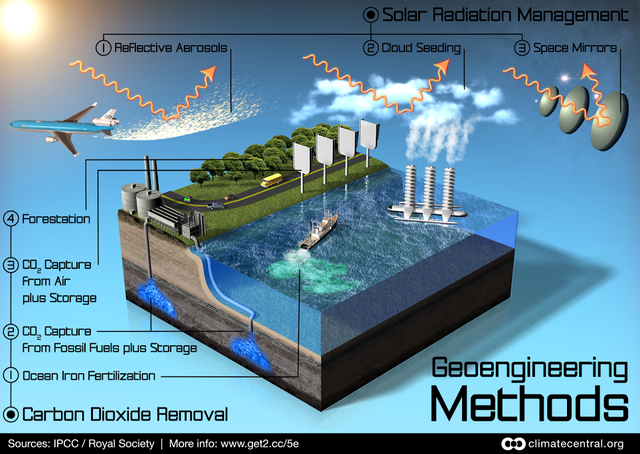Farmers Are Using Twitter to Document the Disastrous Effects of Climate Change on Crops
On average over the past four years, farmers in the states that represent a majority of the nation’s harvest would have planted 90 percent of their corn and 66 percent of their soy by May 26, according to a U.S. Department of Agriculture report. That makes a lot of sense since crop yields tend to decline when corn is planted after May 10 and farmers typically wrap up their planting efforts by May 31. However 2019’s crops are far behind schedule. As of May 26, only 58 percent of the nation’s corn had been planted and just 29 percent of its soy. Farmers are rightly worried and consumers should be too. Crop shortages will likely result in higher prices for consumers and since corn and soy are basically in every part of the American diet, that could be a real problem.
 some of you stock market bros might be able to buy some futures or something. Hope this is just a one off and not the beginning of a trend.
some of you stock market bros might be able to buy some futures or something. Hope this is just a one off and not the beginning of a trend.
On average over the past four years, farmers in the states that represent a majority of the nation’s harvest would have planted 90 percent of their corn and 66 percent of their soy by May 26, according to a U.S. Department of Agriculture report. That makes a lot of sense since crop yields tend to decline when corn is planted after May 10 and farmers typically wrap up their planting efforts by May 31. However 2019’s crops are far behind schedule. As of May 26, only 58 percent of the nation’s corn had been planted and just 29 percent of its soy. Farmers are rightly worried and consumers should be too. Crop shortages will likely result in higher prices for consumers and since corn and soy are basically in every part of the American diet, that could be a real problem.
 some of you stock market bros might be able to buy some futures or something. Hope this is just a one off and not the beginning of a trend.
some of you stock market bros might be able to buy some futures or something. Hope this is just a one off and not the beginning of a trend.


 ^^^^
^^^^
